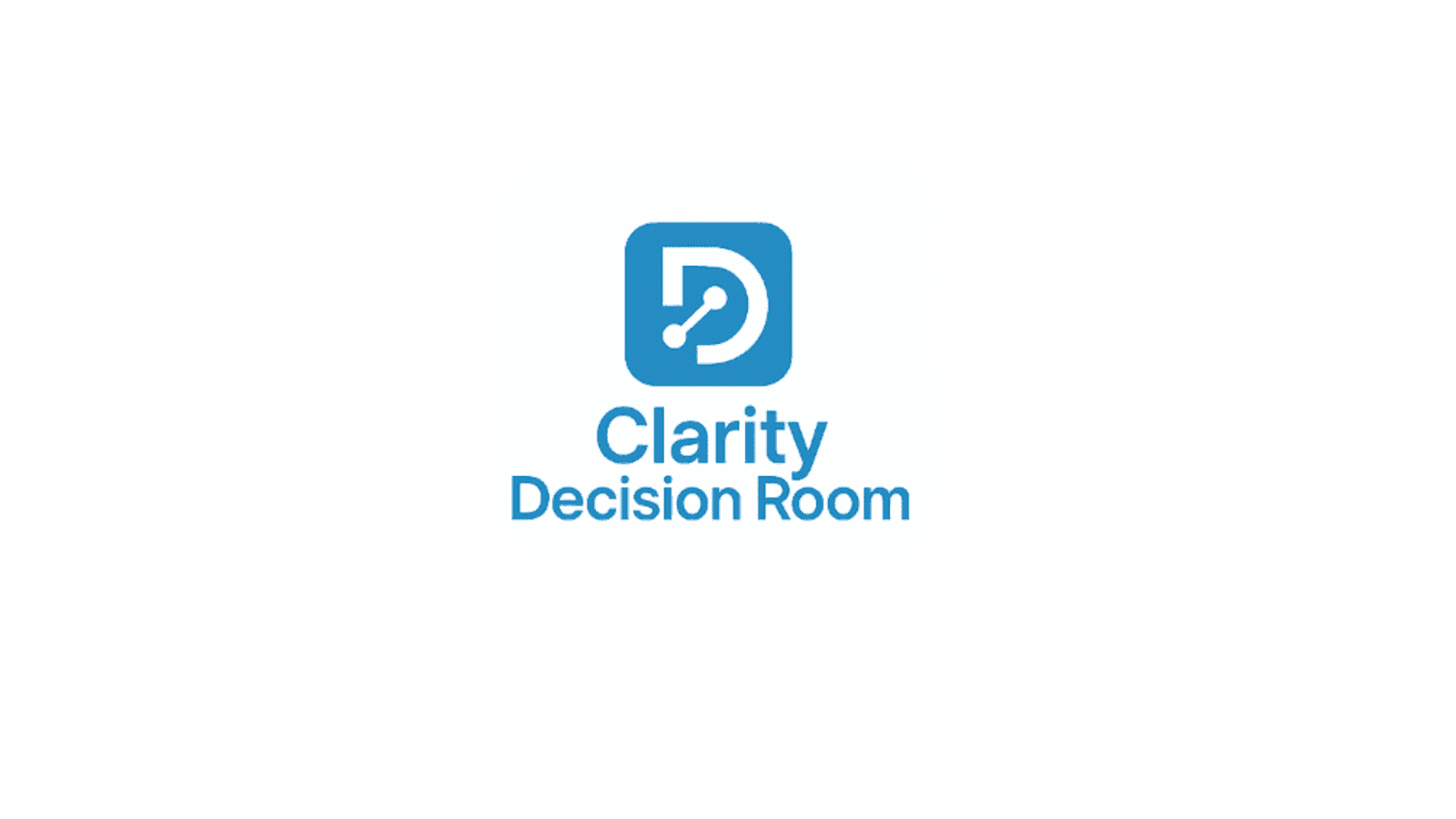What’s missing in most organizations isn’t data. It’s insight.
Share Our Newsletter | Take our Executive Insight Survey
“Data-driven decision-making” is everywhere—on job descriptions, in boardrooms, and splashed across corporate values pages. But what does it actually mean?
I once reviewed a job description packed with this language and asked the hiring manager, “What does being data-driven mean for this role?”Their answer? “I don’t know—we include it because it’s on the template.”Fair enough. I followed up: “So how will you evaluate whether someone is actually data-driven in the interview?”They paused, then said, “I guess I’d ask if they know how to use data day-to-day, or how to create visuals for leadership.”I nodded, but in my head, I kept digging.
Because here’s the thing: creating visuals isn’t the same as being data-driven. And neither one guarantees good decisions. What’s often missing is the bridge between data and decision—the insight.
We’ve entered an era where visuals have become the shortcut to appearing “data-driven.” Dashboards, bar charts, trend lines—they’re everywhere. But while these visuals may describe performance, they rarely help people decide.
Most dashboards are designed to be descriptive or diagnostic. They tell us what happened and whether things are up or down. But they often stop there. They don’t tell us why, or how, or who’s affected. And without that, we’re left staring at the surface.
Data is only powerful when we can extract meaning from it—and visuals alone won’t do that.
What’s missing in most organizations isn’t data. It’s insight.
Insights are the valuable, actionable takeaways that help you understand patterns, relationships, and trends. They reveal the why behind the numbers. They guide action.They’re what allow leaders to move from observation to decision with confidence.But too often, we treat a chart like it is the insight. It’s not. A chart is just a container. It’s what you do with it—the story you pull out of it—that actually drives understanding.
Think about the last presentation you attended. Were there a lot of charts? Probably.Did you walk away with a clear takeaway? Probably not.Here’s why: visualizations show data. Visual aids show meaning.
A visual aid goes beyond what’s on the screen. It’s the interpretation—the narrative that explains what matters, why it matters, and what needs to happen next.It connects the dots so the data sticks with you after the meeting ends.Without that narrative, you’re left with visuals that look good—but don’t go anywhere.
And let’s be honest: if you pull up that same presentation a week later, will you even remember what the graphs were trying to tell you?
That’s the point of visual decision-making. It’s not just to display data—it’s to anchor insight, trigger recall, and support smarter decisions.
Visuals are powerful—when they’re used intentionally. But more often than not, they’re:
- Overdesigned and cluttered with visual noise
- Misaligned with the audience’s actual needs
- Built without context or a clear decision path
Why does this happen?
Because the people creating the visuals—data scientists, analysts, report builders—aren’t usually the decision-makers.They’re brilliant at uncovering patterns. But they may not know which patterns matter in a given decision context.Even worse, many analysts fall into the trap of delivering either:
- Everything at once (information overload), or
- Nothing truly relevant (generic or superficial metrics)
In both cases, leaders end up overwhelmed, unclear, or just plain fatigued.
If your team is staring at dashboards but still unsure what decisions to make, you don’t have a data problem.You have a clarity problem.It’s time to rethink how decisions are seen, not just made.
Effective visual decision-making happens when visuals and narratives work together—when charts are designed not just to inform, but to empower.
Because when insights are clear, decisions become easier.And that’s the goal—not to be data-driven for the sake of it, but to be informed.TL;DR?If your team is drowning in data but starving for insight, it might be time to redesign the way decisions are delivered.
